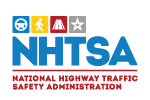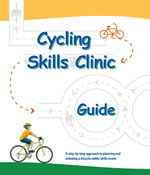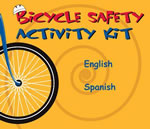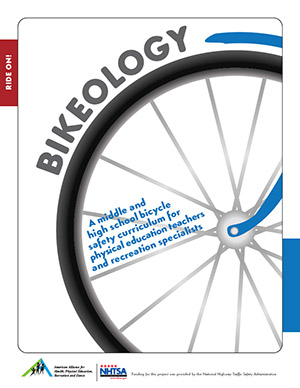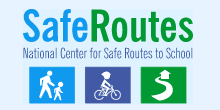Bicycles
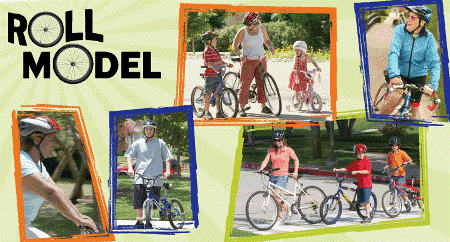
NHTSA encourages bicycling as an alternative mode of transportation to motor vehicle travel and encourages the adoption of mutual respect between motorists and bicyclists to enhance safety for all road users, including bicyclists. Bicycles on the roadway are, by law, vehicles with the same rights, and responsibilities as motorized vehicles. Our bicycle safety programs focus on the behaviors of bicyclists and motorists towards bicyclists to reduce bicycle injuries and fatalities on our nation’s roadways.
Being a "Roll Model" means actively decreasing the risks of traffic crashes, preventable injuries and deaths. 743 bicyclists died and 48,000 were injured in crashes in 2013, an increase from the past several years. Whether a person rides or drives, they should know about bicycle safety, now more than ever.
For marketing campaign materials on how to become a "Roll Model", please visit:
Did you know?
-
U.S. DOT Safer People, Safer Streets Initiative
U.S. Transportation Secretary Anthony Foxx has declared pedestrian and bicyclist safety as a top priority for the department. Under his leadership and the Safer People, Safer Streets initiative, road safety assessments were conducted in every State and more than 230 cities have joined the Mayors' Challenge to improve walking and biking. -
Focused Approach to Pedestrian and Bicycle Safety
The Federal Highway Administration’s strategic approach provides technical assistance to States and cities on the most critical pedestrian and bicycle safety issues and helps them address these issues at the city level. Focus cities have been determined based on the 20 cities with the largest number of pedestrian/bicyclist fatalities, and any city having a population higher than the average of the top 50 cities. NHTSA follows FHWA’s lead in this focused approach to pedestrian and bicycle safety. -
Tips for Preteens & Teens: Prevent Bicycle Crashes
This resource is for those of you in your pre-driving or early driving years. Biking builds on the same critical skills as walking around traffic, and shares many of the same skills as driving a car! This resource will prepare you for some of the risks of riding in traffic and how to reduce them. -
Safety In Numbers - Tips for Safer Summer Bicycling
NHTSA's July edition of Safety in Numbers points out the danger of riding bicycles at night, while drunk, and common mistakes that bicyclists and drivers make that contribute to crashes. -
2013 'Bicyclists and Other Cyclists' Traffic Safety Facts -
In 2013, there were 743 pedalcyclists killed and an estimated 48,000 injured in motor vehicle traffic crashes. -
Highway Safety Program Guideline No. 14
Each State should develop and implement a comprehensive bicycle safety program that promotes safe practices, and educates drivers to share the road with others.
